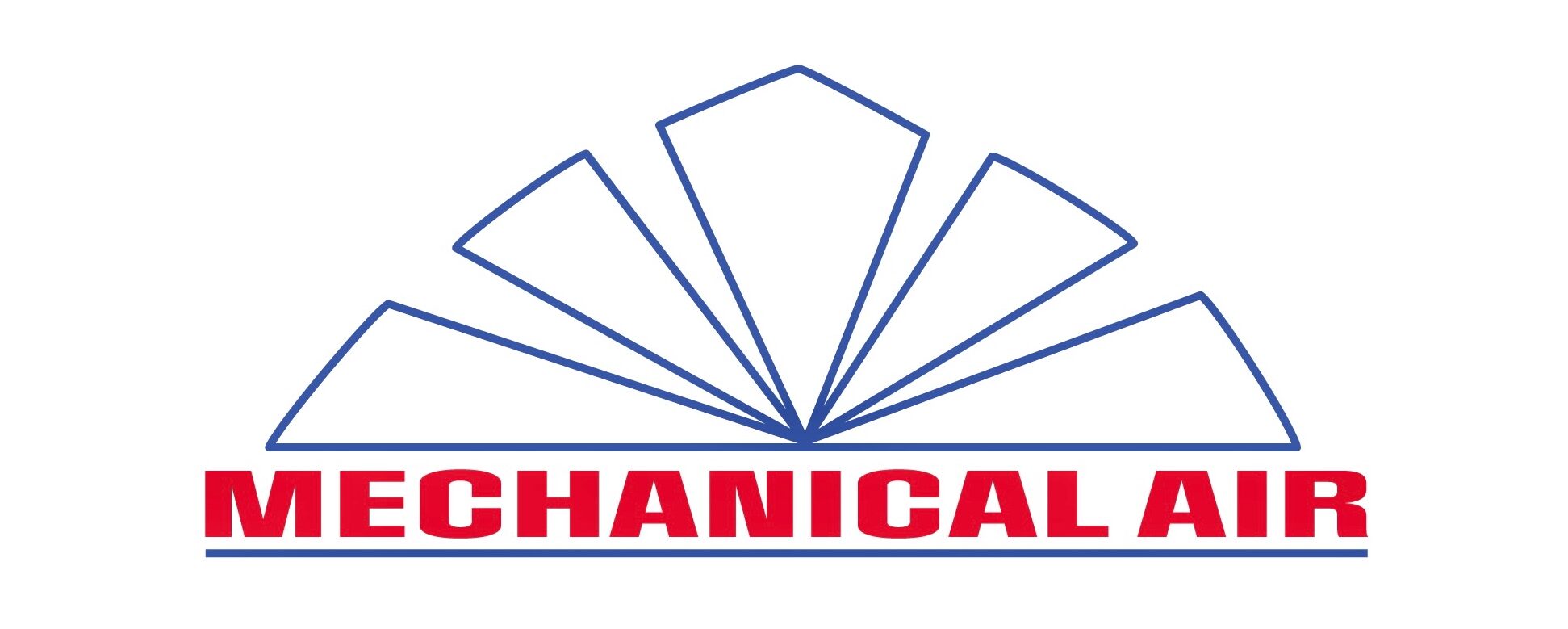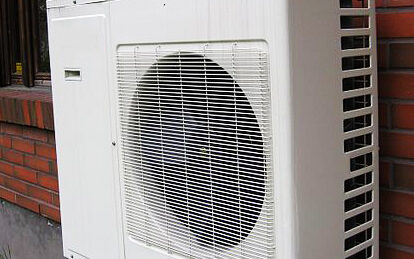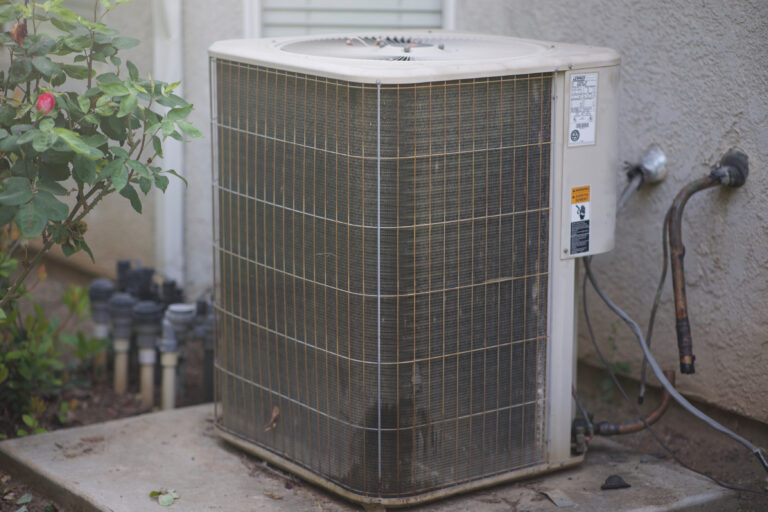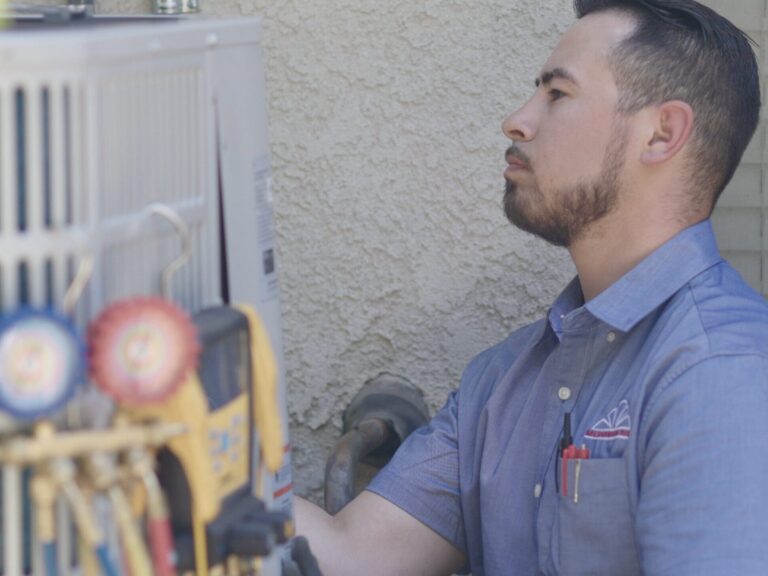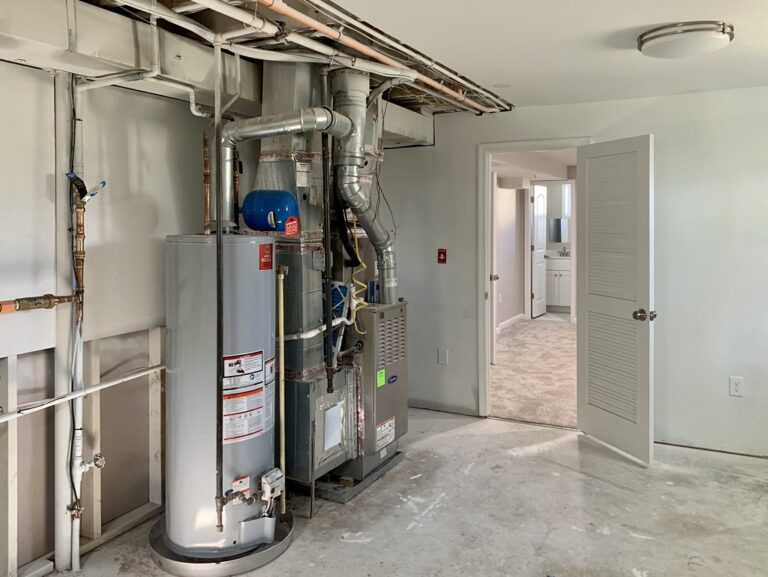Ductless AC systems have gained popularity as an efficient alternative to traditional HVAC units for heating and cooling. These systems offer flexibility, energy savings, and improved performance. But how do they compare to standard HVAC systems? In this post, we explore the efficiency, cost, and performance of ductless AC systems to help you decide if they are the right fit for your home.ng to reduce energy bills, or for homeowners seeking improved indoor air quality.
What Are Ductless Mini-Split Systems?
Ductless mini-split systems consist of an outdoor compressor unit and one or more indoor air-handling units, usually mounted on walls or ceilings. These systems use refrigerant lines to connect the indoor and outdoor units, delivering targeted heating and cooling to specific areas or “zones” within a home. Unlike traditional HVAC systems that rely on ducts to distribute conditioned air, ductless mini-splits operate without ducts, making them ideal for homes without existing ductwork or for individual rooms.
How Do Ductless Mini-Split Systems Compare to Standard HVAC Systems?
1. Energy Efficiency
Ductless mini-split systems are generally more energy-efficient than standard HVAC systems for several reasons:
- No Duct Losses: Traditional HVAC systems can lose up to 30% of energy through leaks, holes, or poor insulation in the ductwork. Ductless mini-splits eliminate these losses by delivering air directly to the room, increasing overall efficiency.
- Zone Control: Ductless systems allow for independent control of different zones, meaning you only cool or heat the spaces you use. This zoning feature reduces energy consumption and lowers utility bills.
- Inverter Technology: Most ductless mini-splits use inverter technology, which adjusts the compressor’s speed based on the cooling or heating demand. This reduces energy consumption and prevents constant cycling, extending the system’s lifespan.
2. Cost Savings
While ductless mini-split systems may have a higher upfront cost compared to traditional HVAC systems, their energy efficiency leads to significant savings over time. Lower utility bills, reduced maintenance costs, and the ability to replace individual units rather than an entire system all contribute to long-term cost savings.
3. Improved Indoor Air Quality
Ductless mini-split systems can enhance indoor air quality by eliminating the buildup of dust, allergens, and other pollutants that accumulate in ductwork. They also include advanced filtration systems to remove particles from the air, providing cleaner and healthier indoor air.
4. Flexibility and Convenience
Ductless mini-splits offer flexibility in installation and design, making them ideal for homes without ductwork or for specific areas like additions, basements, or garages. They also operate quietly, providing comfort without the noise often associated with standard HVAC systems.
Are Ductless Mini-Split Systems Right for You?
If you’re looking for an efficient, cost-effective, and flexible solution for heating and cooling, ductless mini-split systems might be the right choice. They are particularly beneficial for homes without ductwork or for those seeking to create specific temperature zones throughout their living spaces.
Consult with Mechanical Air for Expert Advice!
Curious if a mini-split system is right for your home? Contact Mechanical Air at 559-288-6157 for expert advice and installation. Our experienced team will help you choose the most efficient HVAC solution for your needs. Call today to schedule a consultation!
Follow us on Facebook!
Read our reviews here!
